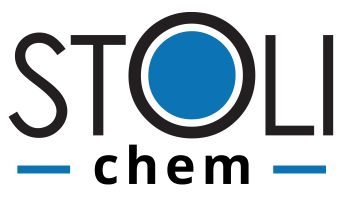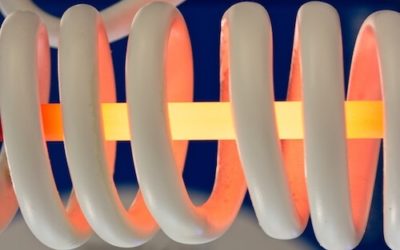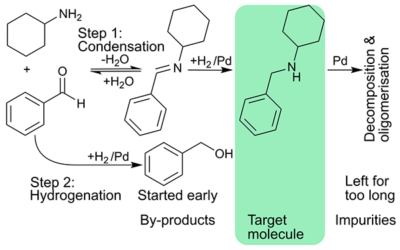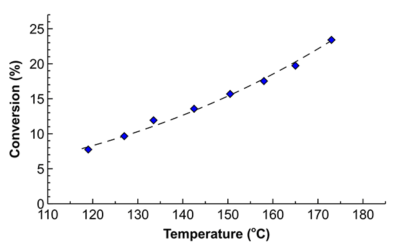Problem
A customer aimed to develop a novel catalyst for a highly explosive gas-phase reaction to be carried out under extreme pressure (100 bar) and high temperature (80-100 °C) in an aggressive medium while maintaining high activity for months.
Is a bespoke reactor needed?
The reaction is highly explosive. Combined with the extreme pressure and high temperature, the risks a exceptionally high.
A possible solution is to do a model reaction. Yet, model reactions don’t always give sufficient accuracy. At Stoli, we believe it is important to study the catalysts under the process conditions so we can be confident our catalysts can work the way they are intended to.
To reconcile the conflict, we developed a bespoke reactor with minimum reactor volume. Low volume, low amount of explosive compounds decrease the risks. The remote operation further decreased the risk to a manageable level to study catalyst performance from a safe distance.
What did we do?
To select the most appropriate catalyst, we synthesised a wide variety of metallic and bi-metallic catalysts based on high surface-area support materials. These catalysts were first screened using a high-throughput reactor system to determine their resistance to deactivation and activity towards the gas-phase reaction.
Promising catalysts were then selected for further investigation under the extreme reaction conditions in our bespoke reactor set-up.
Outcome
After just over 100 long-term experimental tests, a suitable catalyst was developed which remained active over 2 months on stream under the harsh high-pressure and temperature conditions.
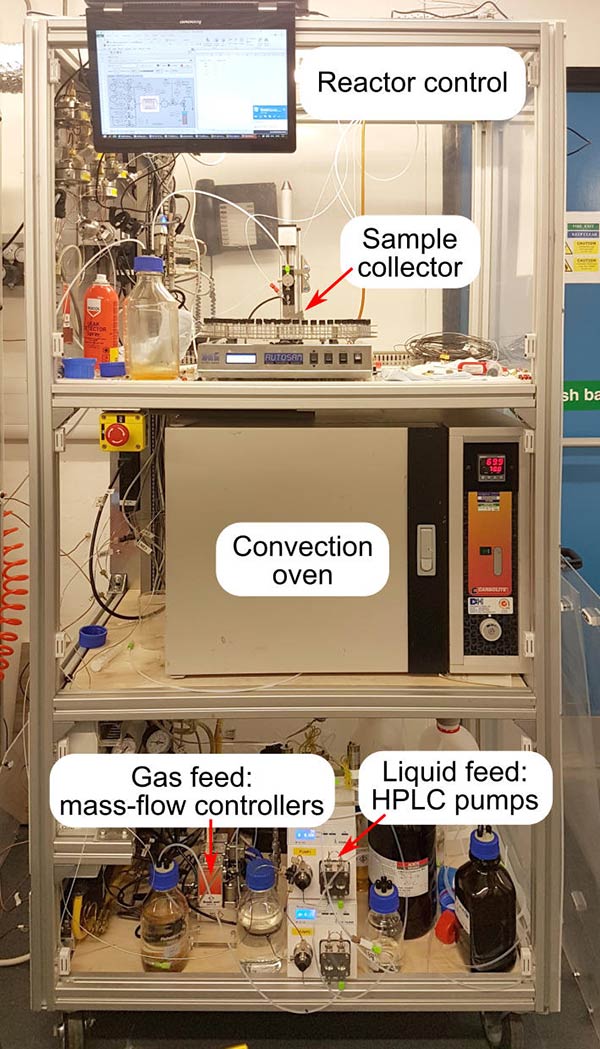
Catalyst for fuel cell applications
We have developed a monolith-based fuel cell catalyst for sustainable remote energy generation.
Cascading imine formation and hydrogenation
Stoli cascaded imine formation and hydrogenation; intensified process to maximise rate, and catalyst utilisation.
Process intensification in hydrogenation
Short residence time and high temperature – an impossible combination for batch – allowed increasing specific reaction rates 8-fold in flow with the same product quality.
